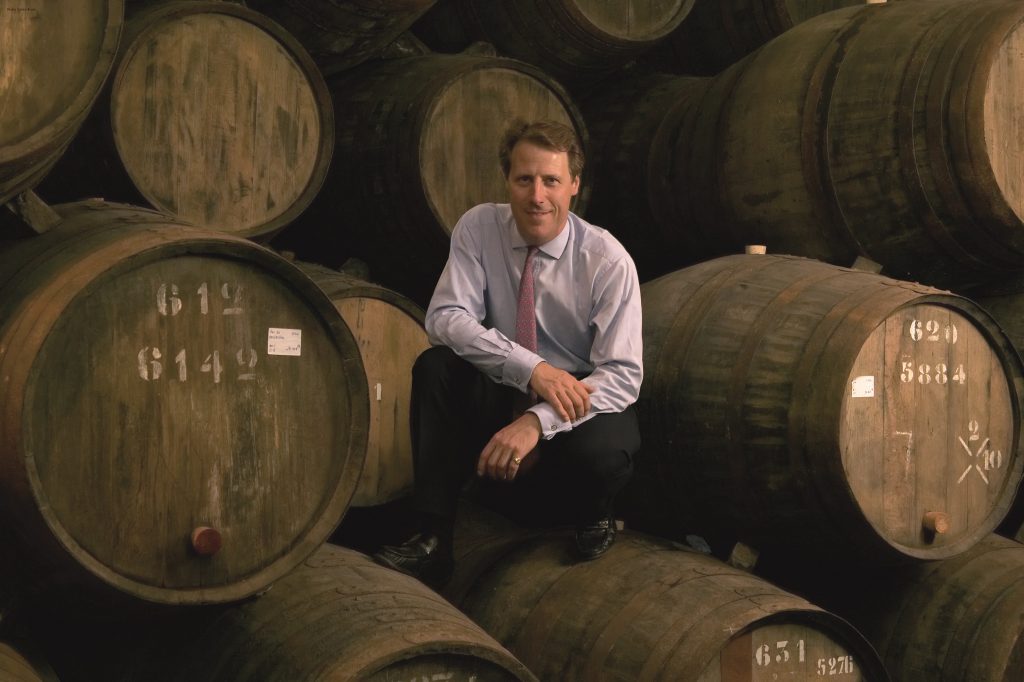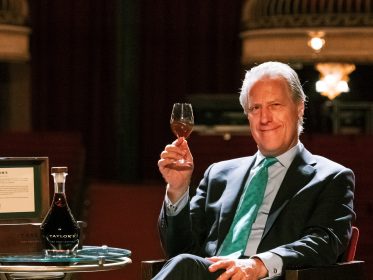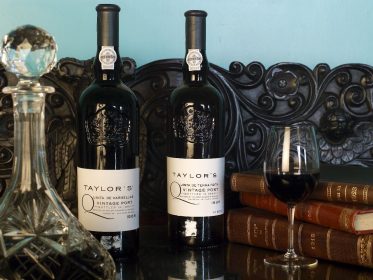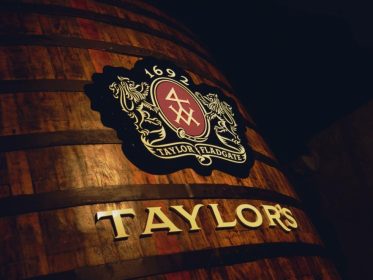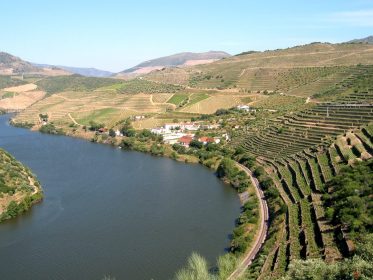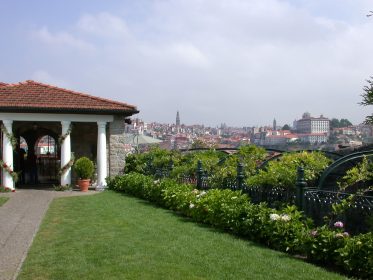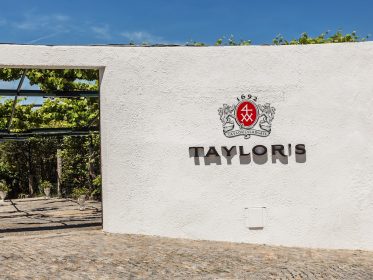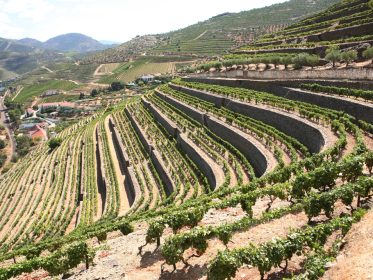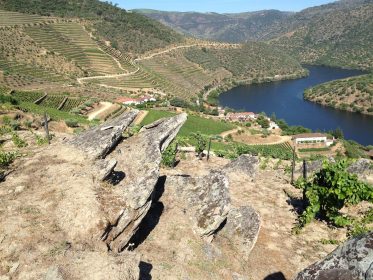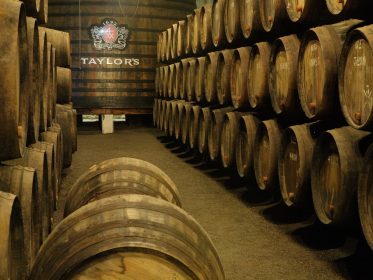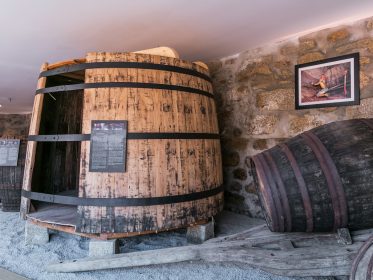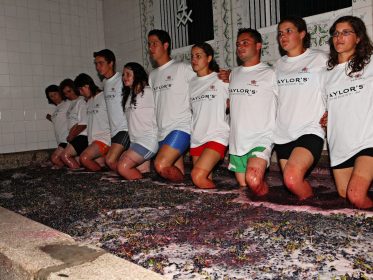Adrian Bridge: «We remain the leading specialty Port company despite now also being in hotels, tourism and distribution»
Mr Adrian Bridge, CEO of The Fladgate Partnership, Taylor’s Port, The Portuguese WOW (this museum complex was nominated for Wine Travel Awards this year) and The Yeatman Hotel found time to talk to a representative of Drinks+ Communication Media Group.
We invite you to support WOW with your votes in the Cultural Mission and Unique Program categories.
Interview by: Julia Shafranska
JS: Dear Mr Adrian Bridge, let me start our interview with a personal question.
After all, as we see, people are at the heart of all the businesses you lead. Even the Fladgate Partnership is named after John Fladgate, a famous 19th-century distributor and partner of Taylor’s brand who was awarded the title of baron for his services to the wine industry. Port wine itself is a special drink that requires a personal approach to consumption. So we would like to ask you to spend a little time telling us about your long journey in this field — you started with a successful career as a Royal Guard officer, who was awarded the Sword of Honor. And to the wine industry, you were led by love?
AB: I grew up in England and attended The Oratory School where a good friend of mine was David Sandeman – my first real contact with someone in the Port industry. After leaving school I went to the Royal Military Academy Sandhurst where I was awarded The Sword of Honour – an award given to the best Officer Cadet of the year. I was commissioned in 1st The Queen’s Dragoon Guards where I served for 5 years – including a year with the United Nations Peacekeeping force in Cyprus. When I left the Army I became an Investment Banker – firstly working at Merill Lynch and then at NatWest where I rose to lead the US Equity Sales team.
I met my wife in 1982, before I joined the army, and we were married in 1989. In 1994, my father-in-law asked me to leave Investment Banking and come to Portugal with the aim of taking over managing the company. We arrived in 1994 and I became Managing Director in 1998.
When I started in the company I looked after the UK and USA – two markets that between them accounted for over 50% of our business. The company was fairly small with the two brands of Taylor’s and Fonseca and about 140 people. Since 1998, we helped to consolidate the Port business, buying 7 different port companies or their assets. We have expanded into distribution, hotels, tourism and, most recently, table wine. The group now has 1,346 employees.
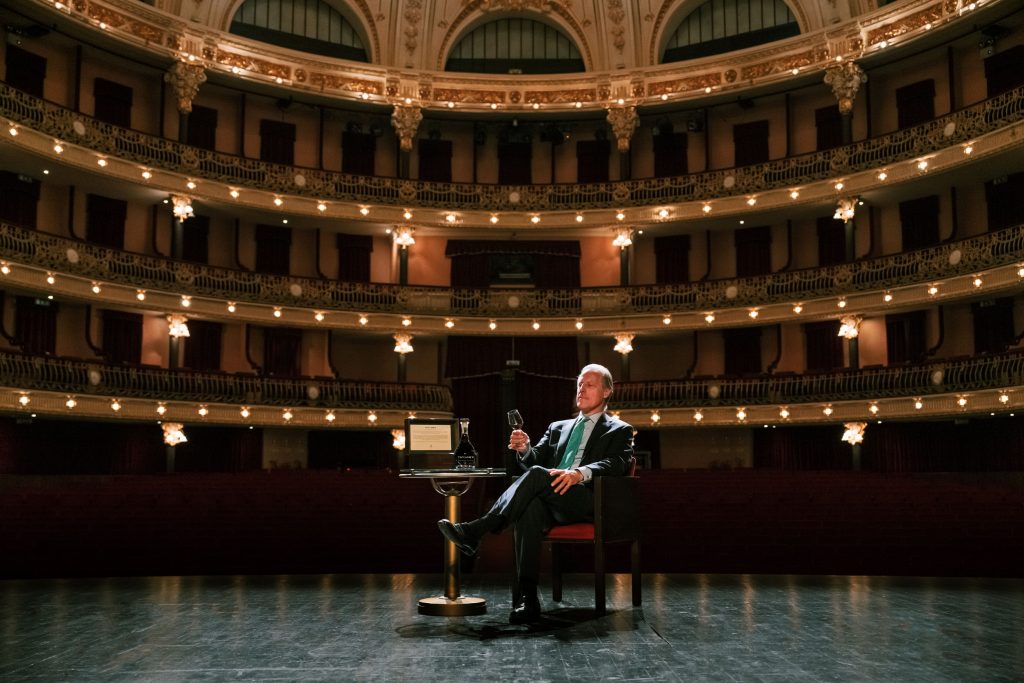
JS: Can you list the main historical milestones of The Fladgate Partnership and what brands are currently united in this holding? What is the company’s position in the port wine market?
AB: Our main brands are Taylor’s, Fonseca and Croft. We have sold Delaforce and Krohn. The three main brands are leaders in Special Category Ports where we represent about 1/3rd of the global market. We have expanded to serve about 103 markets with Taylor’s Port which is probably the most consistently positioned Port brand and has an enviable reputation for quality.
We have always promoted innovation. Our work in the vineyards earned us the Banco Espirito Santo Biodiversity Award – the first private company to win this. In 2008, I created Croft Pink which was the first ever Rose Port. In 2010, we launched Scion, an aged tawny from 1855 which was the pioneer for old releases by the Port trade – it was the first Port to be launched at a price of over Euro 1,000 per bottle (price was Euro 2,500). More recent innovation is the launch of RTD (ready to drink) which is Port and tonic in a can.
We remain the leading specialty Port company despite now also being in hotels, tourism and distribution. In 2018, we launched the Porto Protocol where I invited Barack Obama to give the keynote speech. The Porto Protocol is a global initiative to promote and share best practice in environmental response and we have members in 20 countries on 5 continents.

JS: In your opinion, what place does port hold among wine drinkers today? We would be grateful if you could provide some comparative statistics for the last few years, how consumption is changing. Is the audience for this wine stable?
AB: Port is both an aspirational drink and one that offers a wine range of styles. Since 2000, the total sales of Ports have declined but the value of the sales has remained and this is because the growth has all come from Special Category Port. France, the largest Port market, has lost 1/3rd of its volume since 2000 but all the volume lost has been in standard, commodity cheap Ports.
Port as a drink offers a rich style of wine that has layers of deep flavors and can be paired with many foods and consumption moments. It goes very well at the end of the meal either on its own or with desserts. However, we are also seeing increasing use of Port in cocktails given that it is a full bodied drink, with natural sweetness and about 50% of the alcohol that Spirits have.
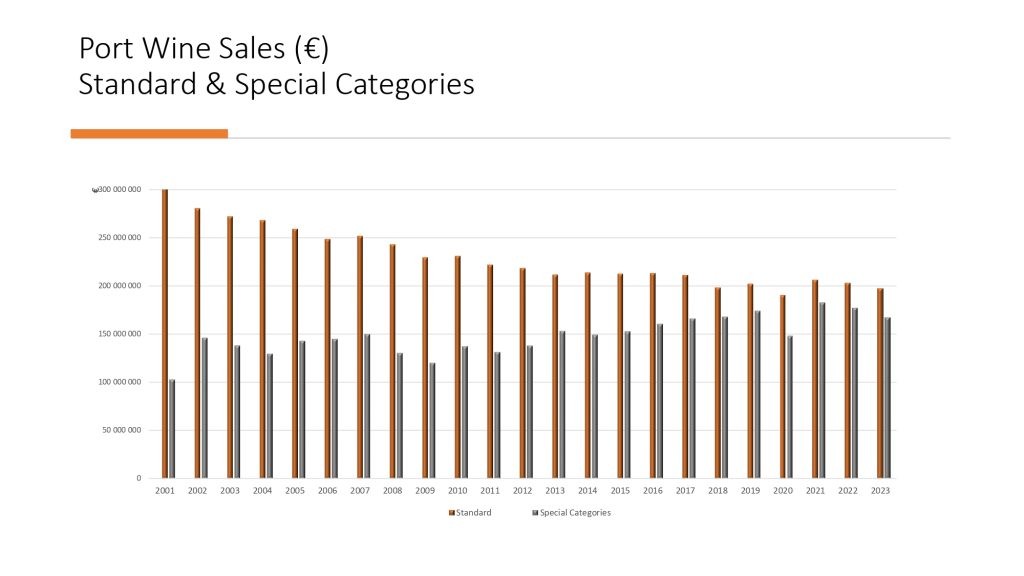
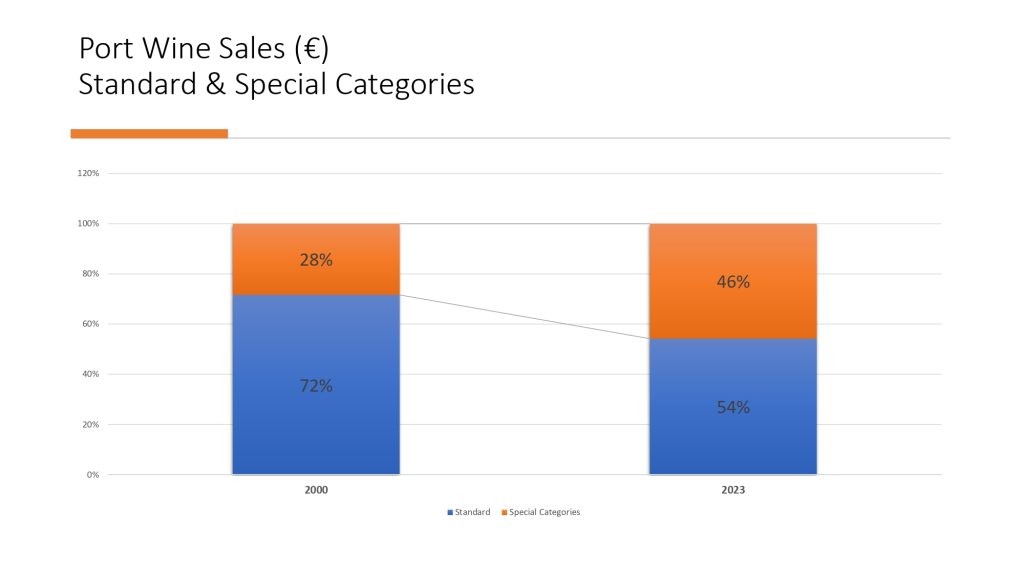
JS: Today, The Fladgate Partnership, while remaining the flagship of aged port production, is expanding its scope of interests to include dry wines from the Douro region. What is the reason for this expansion? What are these wines, varieties, and characteristics?
AB: We bought a business last August (2023) which was making table wine in Minho, Dao and Bairrada. We bought them because they were great vineyards making fantastic world class wines. There is a growing interest in Portuguese table wine and when we were offered the chance to buy such a quality portfolio we took it. We will produce table wines from the Douro but we have to purchase a vineyard especially for this so that we do not compromise the production of a Ports.
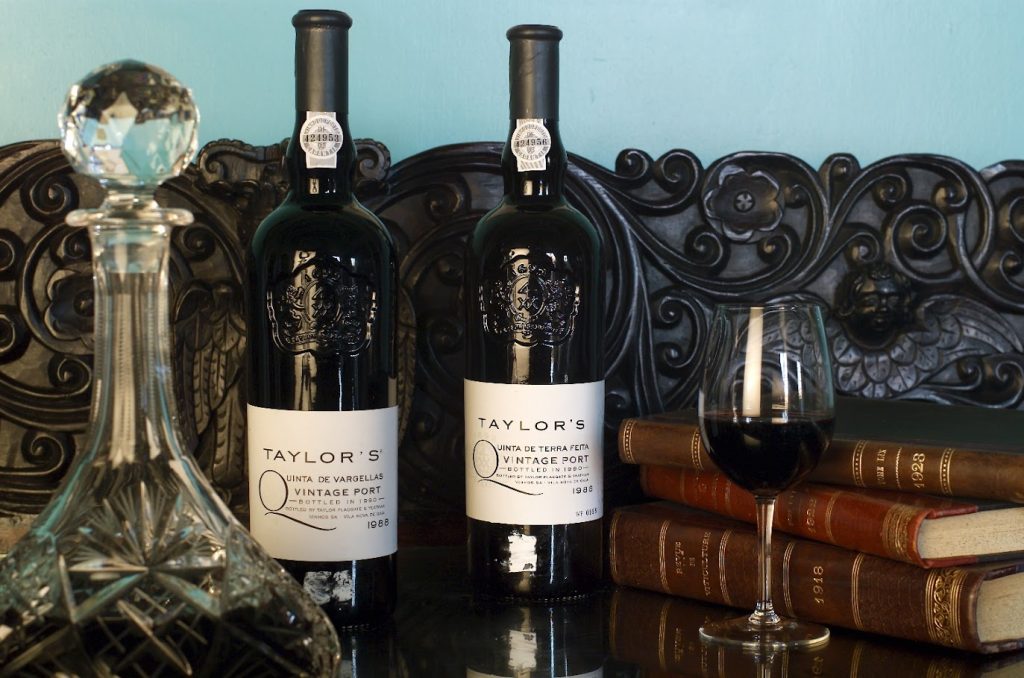
JS: Perhaps this is a result of a cursory glance, but it seems to us that port producers are paying more attention to mixology. If so, please comment.
AB: Port can provide body and natural sweetness to a cocktail and only has 20% alcohol which makes it a perfect addition for mixologists who are seeking the best ingredients for their creations.
JS: Would you say that your creation of a new style of port in 2008, Croft Pink, a multi-generational port, is a consequence of the same trends as port-based cocktails and dry wine production — i.e., a search for an additional audience? Over the 15 years of its history, this drink has gone from a solid port reputation to a somewhat frivolous image of a youthful drink in a stylish metal can, associated with the Barbie style and a favorite on the catwalks. What is the difference in technology and has the new type of port wine succeeded in taming the youth?
AB: Croft Pink was a response to the increased interest in Rose wines around the world. It did create more consumption moments and brought new consumers to the Port category. It is a serious Port that uses the finest fortifying spirit that we have; spirit that is normally only used for Vintage Port. It has been used in cocktails but is probably most often consumed on its own, often with tonic water.
It was a natural progression to offer a pre-mix Croft Pink and tonic for two reasons. Firstly, we make our own tonic water that is actually dryer than commercially available tonic. Secondly, it provides consumers with convenience as it is a single serving. For example, it has been popular on airlines due to its easy of serving.
The fact that it was launched in 2021 and that there has been a subsequent movie called ‘Barbie’ has not correlation. We have served it at fashion shows because it is cool, fun and tastes great.
JS: Last year, in 2023, at the TFWA World Exhibition and Conference in Cannes, your company presented a unique drink for the first time — Taylor’s Port City Edition — the embodiment of the spirit of wine tourism, where even the packaging itself is a work of art — it contains an illustrated map of the Port, decorated with Taylor’s recommendations of places worth visiting. Who came up with this idea, what does this port represent? Is this a one-off release or will there be repeats, what are your plans for developing the idea?
AB: This is a logical creation given that consumers are often looking for unique gifts that they can purchase at the airports. We used a bottle shape that had proved very popular in 2017 when we celebrated our 325th anniversary of our foundation in 1692. We plan to make other releases with other cities.
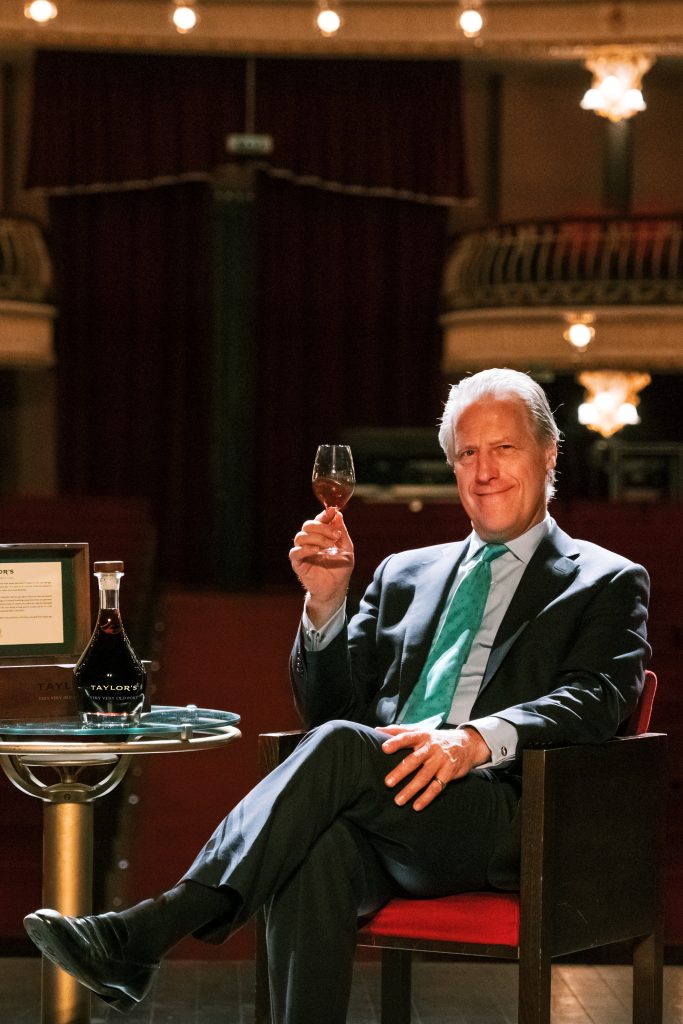
JS: It would probably not be wrong to say that the most daring project in the field of wine tourism from your company is the creation of WOW. The Portuguese WOW space is a unique world-class phenomenon. Today, perhaps, it is possible to evaluate it as a business project, isn’t it? If so, please comment on the extent to which expectations and realities have coincided. We would also be grateful if you could tell our readers about the special training program in Portuguese winemaking offered by WOW’s The Wine School.
AB: We have 5 permanent museums and two for temporary exhibitions. We have 6 restaurants, 5 cafes and a wine bar. We also have a wine school.
The wine school offers short courses for several hours followed by a meal or can run workshops such as the popular Wine and Chocolate or Port and Chocolate. It also does WSET courses up to and including level 2.
WOW has used the city center location where we previously stored Port and is an entire cultural district. It is a city asset open to all visitors. Many come for events, museums, shops, tastings and the wide number of activities that we offer. It was launched on 31st July 2020 in the middle of Covid. It was built to serve 80% tourists and 20% the local market. That had to change rapidly and it has taken time to establish. It is unique in the world which has made it more challenging to promote as people do not always understand what it is. However, it is in the heart of the city, has fantastic views over eth city area and has something to appeal to everyone. In 2023 we had just under 150,000 people visit the museums and 300,000 meals served in the restaurant.

JS: Your company Taylor’s Port and Liquid Icons and the Gérard Basset Foundation announced this year the award of Taylor’s Port Golden Vines® Diversity Scholarships. This program of professional development is an honorable mission. Are the scholarships related to the development of knowledge about Portuguese winemaking? Can you tell us more — will all participants take this course and will it take place in Porto? Are there any plans to develop this educational project?
AB: I knew Gerard Basset and his work in the UK. He was a man with great knowledge but with a humble approach; someone who was willing to share his passion for wines. When we were asked to sponsor the Diversity Scholarship it was a perfect opportunity to help people who were striving for wine knowledge to develop a professional career in the wine industry. We are a strong believer in education and I also feel that a 330 year old company can take a leadership role in our industry. We have been delighted to sponsor this program and to welcome the Scholars to Porto. The education that most are looking for is to help them qualify as MWs or MS so the scholarship helps them to gain this knowledge wherever they travel in the world.
JS: Since we are talking about high missions, it is logical to ask you to explain such a concept as The Porto Protocol — what exactly does it include, what is its purpose, and which manufacturers it unites? If you have such plans, please announce the next forums on this topic. Who can join them and how?
AB: The Porto Protocol is a not-for-profit foundation that is helping the wine industry globally to share best practice and case studies of successful solutions to climate change. It is funded by Taylor’s Port (part of that leadership role in the industry). We now have members in 20 countries right across the world and the Porto Protocol has become the best place to find solutions for the wine industry to climate change. We hope that in future we will have others help in funding the charity so that its work can grow.
